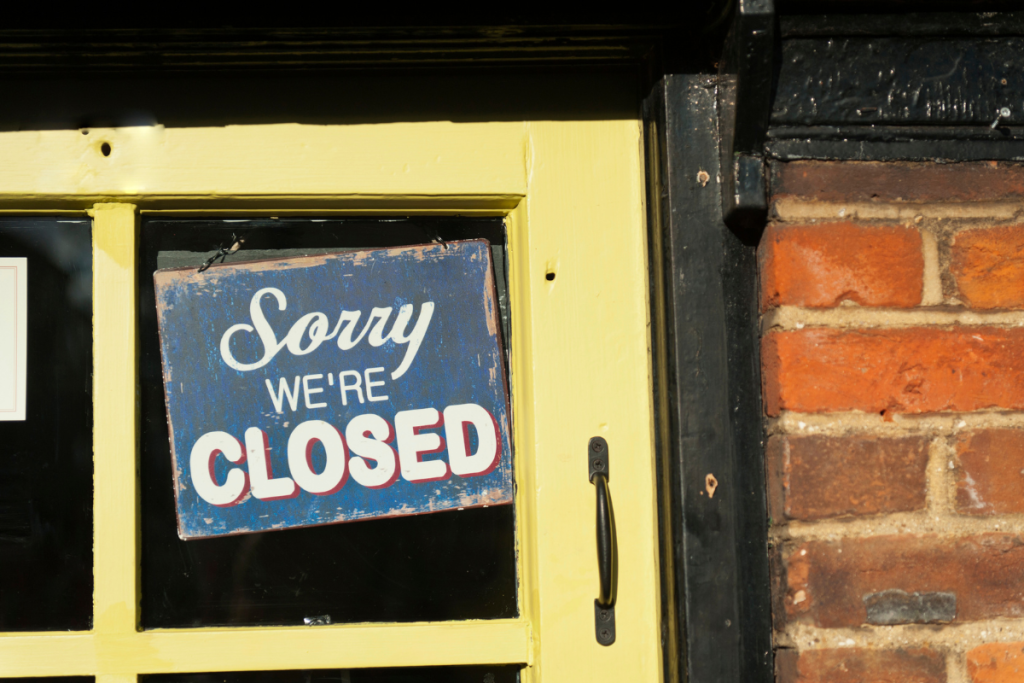Recent UK legislation is pushing companies to increase the personal responsibility of management, and technology is makingit easier for blame to be traced and for bad news to be disseminated. But that same technology can help companies detect potential problems and address them before they do serious damage.
Are ethical lapses on the rise
PwC research has shown that the number of CEO dismissals for ethical reasons rose by 36?per cent from the period 2007-2011 to 2012-2016. Although the numbers are still relatively small, accounting for just 5.3?per cent of CEO successions in 2012-2016, they indicate leaders are being held to a higher level of accountability. PwC uses the term “ethical lapse” to describe both company and personal wrongdoing, including fraud, bribery, inflated CVs and sexual indiscretions.
As the report authors emphasise, it’s unlikely CEOs have become less ethical in the last few years. Instead, the business environment has changed. A combination of proactive regulation, a more suspicious public, and digital communication channels that provide proof of wrongdoing and rapidly spread negative news mean scandal-hit bosses are more likely to be dismissed. Public and regulatory pressures are encouraging boards to be independent and less likely to defer to the CEO.
Legislation ramps up the pressure on the C-suite
The research detected significant regional differences in terms of the numbers of CEOs pushed out due to ethical reasons. While dismissals for ethical lapses in the US and Canada accounted for 3.3?per cent of CEO successions in 2012-2016, the proportion was 5.9?per cent in Western Europe.
Low figures in the US can perhaps be attributed partly to the legacy of longer term, stricter codes of conduct and anti-bribery legislation such as the 2002 Sarbanes-Oxley Act and the 2010 Dodd-Frank Act, with legislation encouraging companies to adopt a zero tolerance approach to C-suite misbehaviour, increasing?personal responsibility.
However, in the last couple of years the UK has begun to edge closer to the US model, with the government introducing severe consequences for leadership teams if bad practices emerge. This year the Criminal Finances Act has been introduced, making companies liable for failing to prevent employees from facilitating tax evasion. Companies that fail to comply face tough penalties, including a potentially unlimited fine.
In 2016, the Senior Managers Regime came into force, aimed at increasing the personal responsibility of senior financial services executives. As the FCA’s Mark Steward explained in a speech earlier this year, the regime imposes an obligation on senior managers to take such steps as a person in their position could reasonably be expected to take to [prevent] the firm from contravening a relevant requirement.
It’s clear that ignorance of wrongdoing will no longer cut it with legislators. The onus is on leaders to know exactly what staff, partners and suppliers are up to, no matter the scale. Whether internal wrongdoing, such as money laundering, tax avoidance and bribery, or external supply chain issues, bosses are in the spotlight more than ever before. Being caught wrong-footed today puts organisations at risk of hefty fines, significant threat to reputation, and now the risk of personal prosecution and jail time.
How to spot potential problems in time
What can business leaders do to avoid serious regulatory, reputational and personal damage Critically, executives need to get their company culture and governance right and ensure personal responsibility and ethical conduct are embedded as standard right through the organisation. Independent non-executive directors, clear statements of business principles, performance appraisals and whistleblower provisions are just some practical initiatives.
Leaders also need to review how they monitor, analyse and flag potential risks (and opportunities) from the huge amounts of data available both inside and outside their business, particularly new forms of intelligence that may be discerned from unstructured data online and in social media.
The right tools can help leaders understand the nature of conversation taking place about their business activities and indeed themselves, and monitor for early warning of threats, so they can develop contingency plans and act to prevent a problem developing. In this era of always-on big data, old risk management tools and techniques simply can’t provide the levels of intelligence vital for CEO and business confidence.
Fortunately technology is delivering new platforms and solutions that now enable early identification of risks wherever they may be happening in a business ecosystem giving leaders eyes and ears across their entire value chain, bringing new levels of transparency, accountability and indeed leadership, and with it all, hopefully a better night’s sleep.
Bronwyn Kunhardt is co-founder and COO of Polecat, whose software solutions deliver reputation intelligence through AI and big data analysis














































































































































